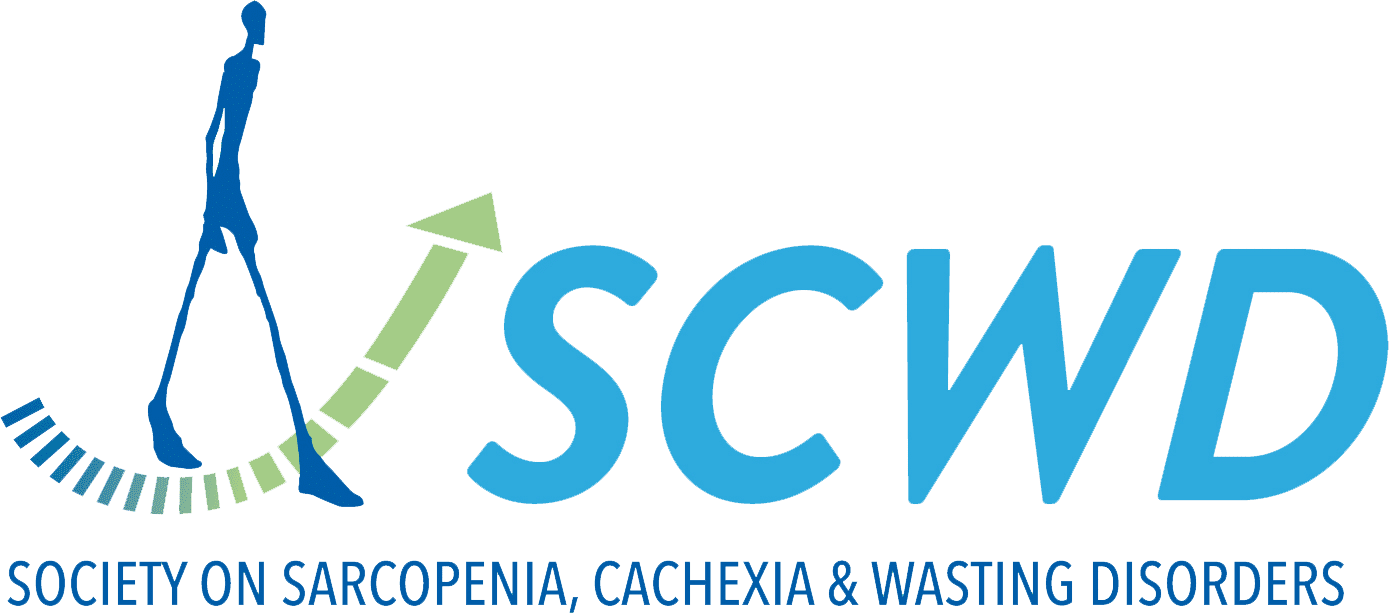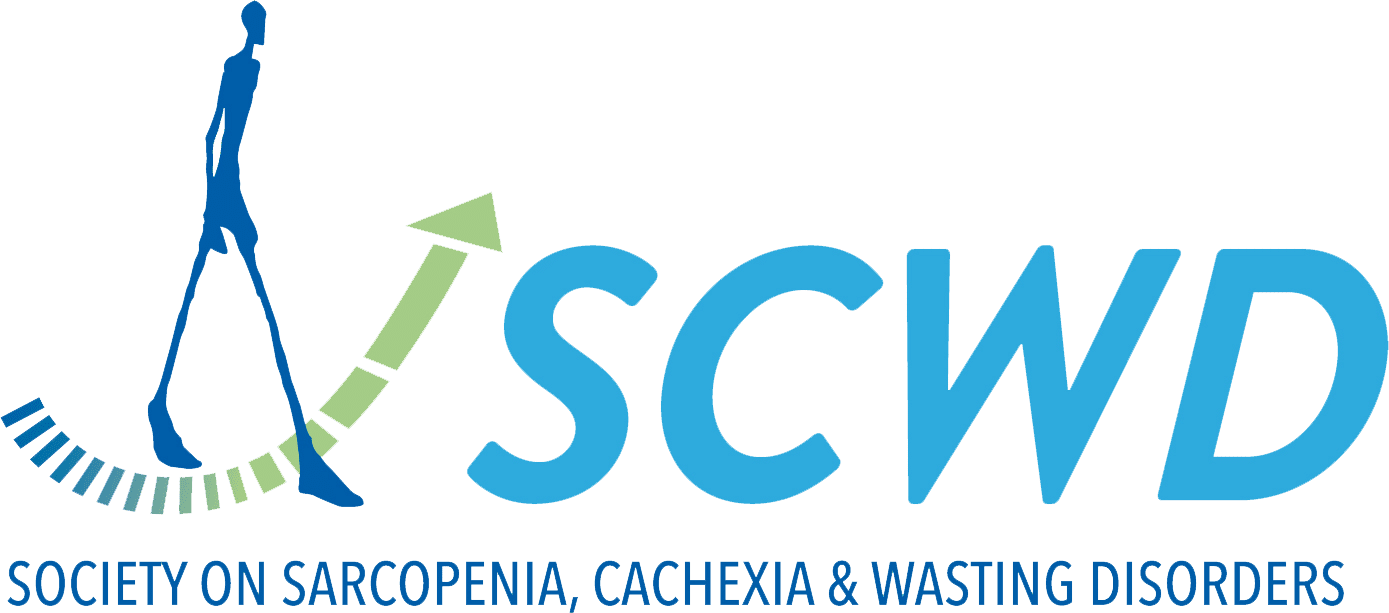Histidine decarboxylase inhibition attenuates cancer-associated muscle wasting.
Cancer cachexia is a multifactorial syndrome involving muscle and fat wasting, inflammation, and metabolic dysfunction. Across cancer subtypes, pancreatic cancer has one of the highest cachexia incidence rates at ∼80%. Given the advanced age of most pancreatic cancer patients, we...


